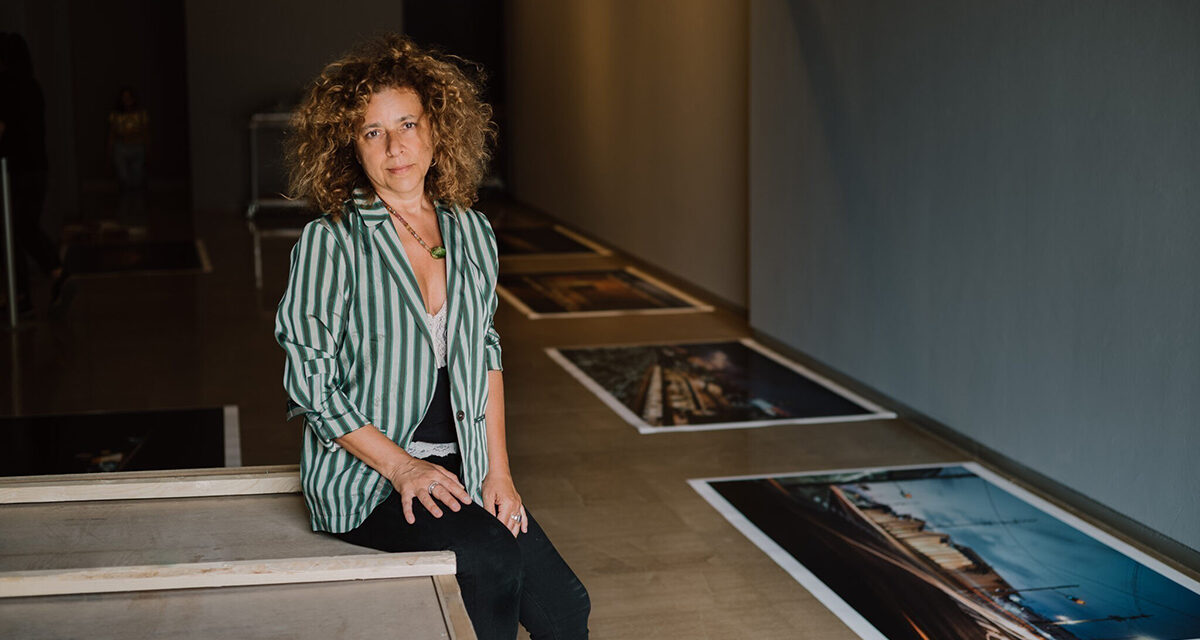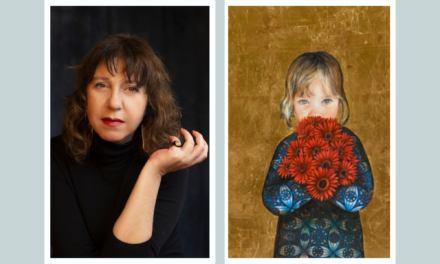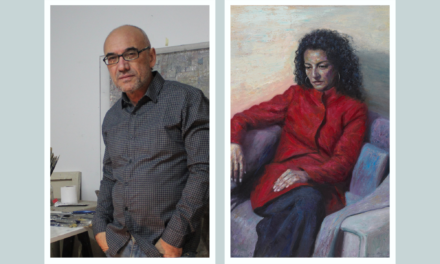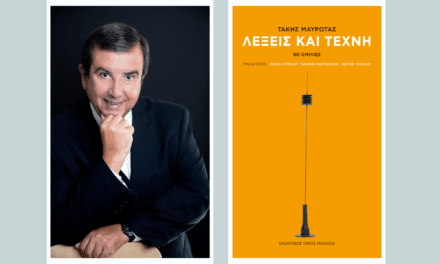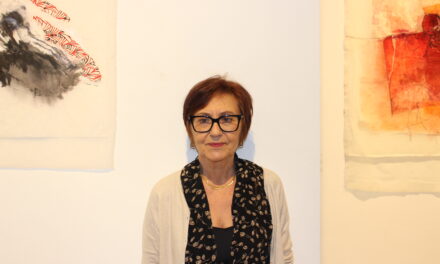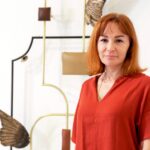Internationally acclaimed photographer Erieta Attali presents Delos: Land Adrift at the Benaki Museum. The exhibition offers a rare visual exploration of Delos, the legendary birthplace of Apollo and Artemis, revealing a metaphysically elusive site through its materiality and myth.
The artist invites viewers to experience the island not simply as a destination, but as a passage: a liminal space adrift between light and shadow, earth and sky, antiquity and present. Through her images, Attali reanimates the island’s sacred aura, constructing a visual narrative that is simultaneously archaeological, poetic and profoundly timeless.
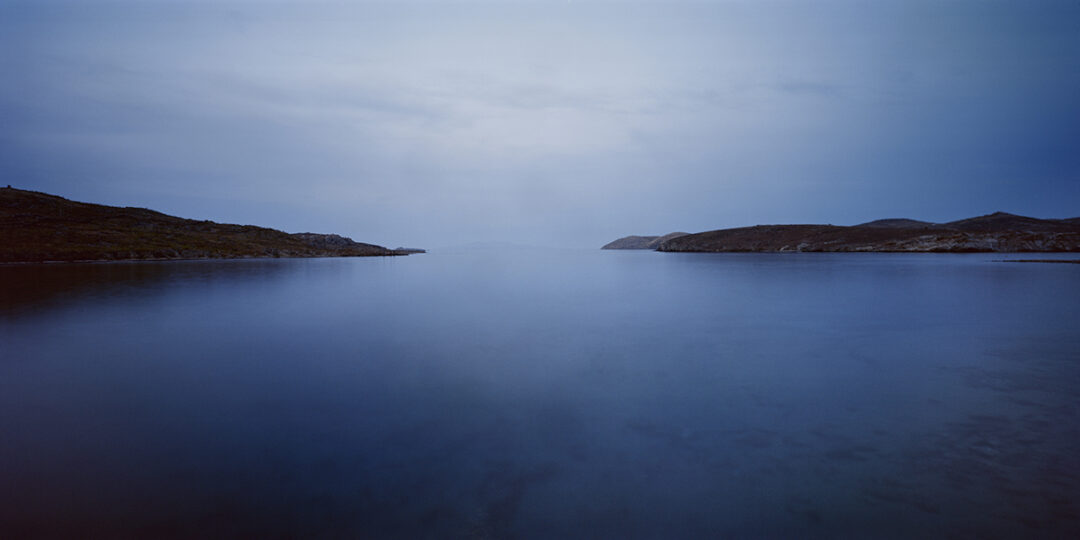
Attali’s photos of Delos transcend mere archaeological documentation; they reveal a topographical and sensory vision, blending sea, horizon, ruins and light to evoke the sacred atmosphere of the island. Her photography conveys the spirit and identity of place. By focusing on architecture’s dialogue with architecture, landscape and light, Attali redefines architectural photography as artful, narrative and immersive.
Erieta Attali is a fine art landscape and architecture photographer with work expanding from Eurasia to Australia and the Americas. She has devoted herself to the interplay between architecture and landscape for the past thirty years. Through her pioneering work, she has forged a new path in architectural photography whereby content and context are inverted. Her photography explores how extreme conditions and challenging terrains cause humanity to reorient and recenter itself through architectural responses. Her unconventional photography is based on a working method drawn from her experience in archaeology.
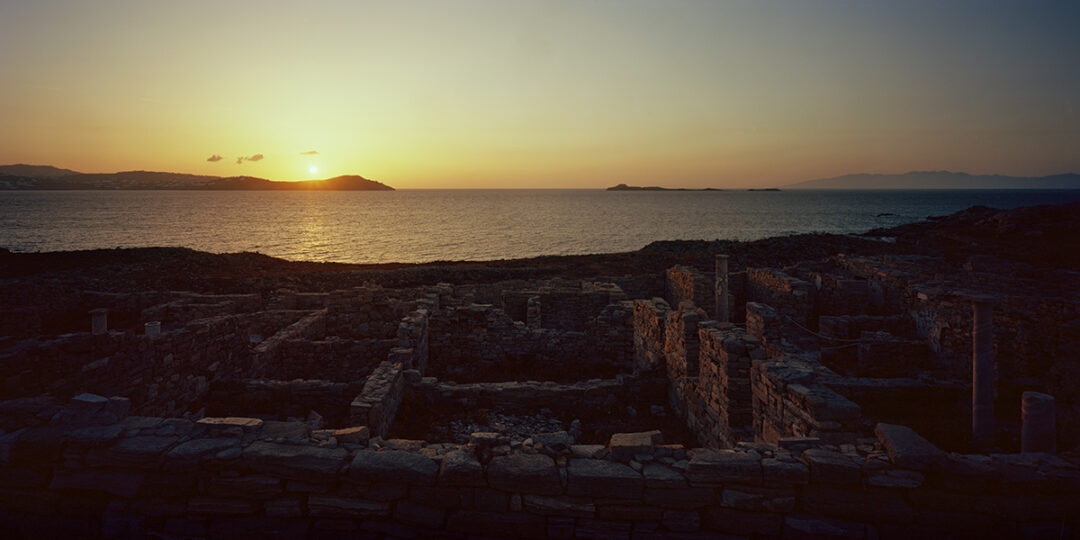
Attali taught photography at the Graduate School of Architecture, Planning and Preservation, Columbia University from 2003 to 2018 and the National University in Singapore from 2021 to 2023, among various other leading institutions worldwide. Between 2020 and 2023, she was an artist in residence at Université Paris 1 Panthéon-Sorbonne and Fondation Hellénique (Cité Internationale Universitaire de Paris). Her current photographic research focuses on the archaeological landscapes of Delos, the Aegean Sea, and the sacred spaces of medieval and contemporary Japan. Attali’s work has been exhibited in museums all over the world. She is the author of several photography monographs and the recipient of prestigious awards, including the DAM Architecture Book Award for the book Mirror in the Mirror, coauthored with the Japanese architect Kengo Kuma.
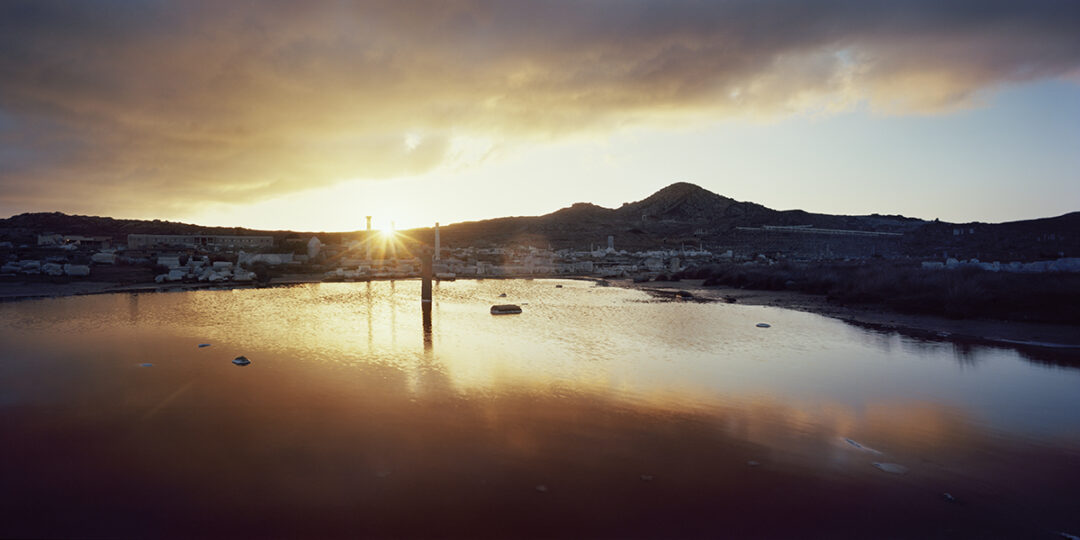
Erieta Attali spoke to Greek News Agenda* about her remarkable photographic journey and her pursuit of unseen landscapes at the edges of the world.
Your work beautifully captures the dialogue between architecture and landscape. What first drew you to this intersection and how has your approach to it evolved over time?
My engagement with architectural photography in the last 25 years has been a constant progression towards probing of limits between man-made structures and landscapes. This was not an agenda set from the beginning of my itinerary as a photographer. It was gradually crystallized through a photographic journey in search of liminal landscapes echoing a childhood in transit. Disparate elements have come together to shape a visual vocabulary through which I communicate my idea of the world: a continuous topography in transition under the effects of human culture, historical chance and the natural elements.
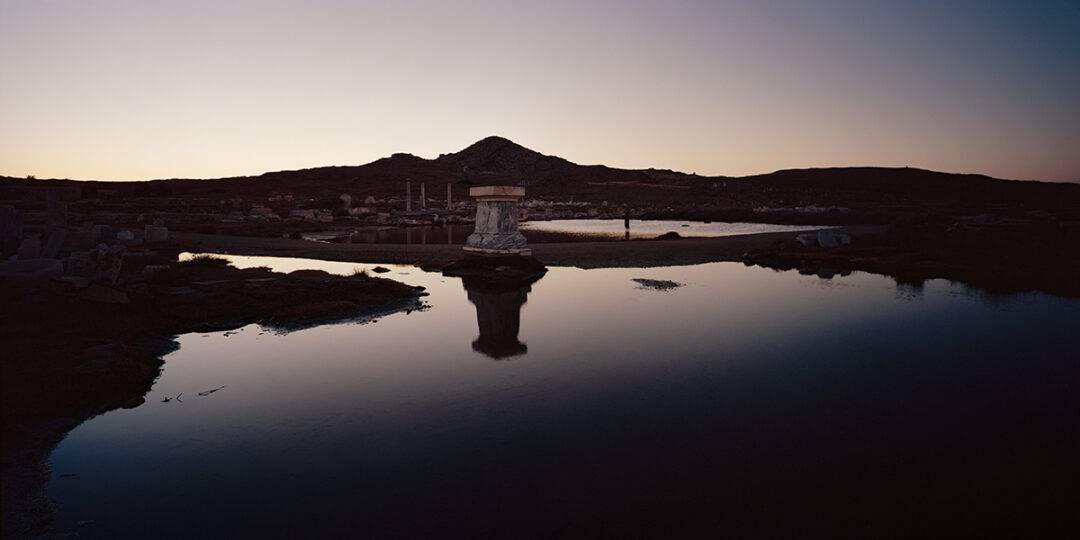
What criteria guide your selection of the sites you choose to photograph?
Geography has, for a large part of human history, been a literary genre: a narrative based on a pastiche of observation, hearsay and the personal experiences of the teller. It has largely been this way for me as well. Mental geographies and imaginary maps have not only shaped my visual language, but also my choice of subject matter, research agenda and nomadic lifestyle. Photography has allowed me to probe the edges of the world in pursuit of unseen landscapes and explore them not only literally but also visually, by finding affinities in places that lie continents, or even decades, apart.
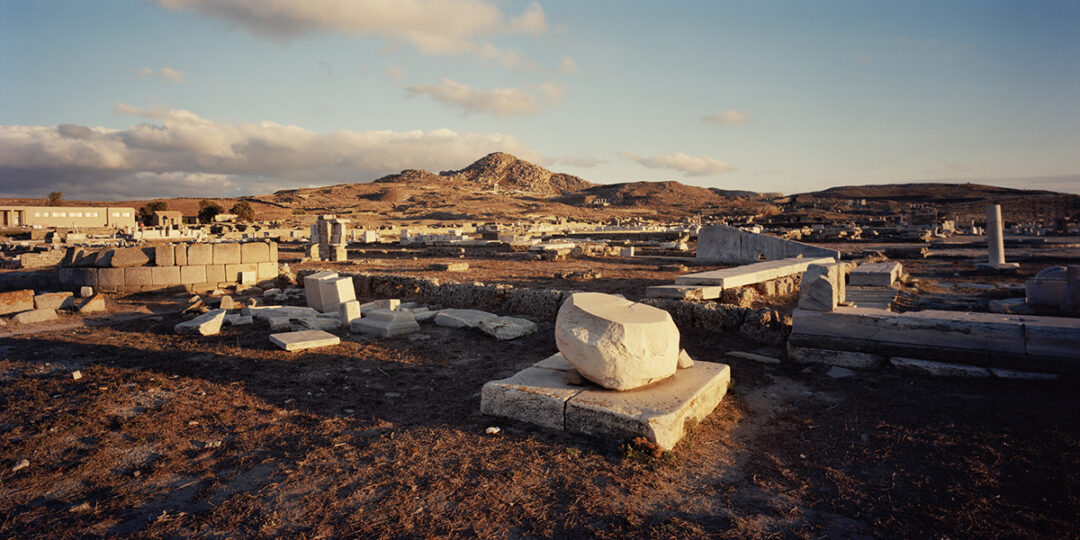
You have worked across diverse geographies—from Japan to the Mediterranean, the Andes to the Alps. How does location shape your photographic process and aesthetic choices?
One of the principal challenges for me is the search for a new place. I am primarily stimulated by the place; the photographic process comes second. Maps have played a major role in the way I approached the process of exploration. I am not interested so much in a factual and scientific use of maps, unlike a geographer or a navigator; maps fascinate me as visual representations, and since I was a child, I liked to read maps and visually explore the expanses of paper and the inked contours. I was always fascinated by those areas of the world where you pass from one sea to another, somehow representing landscapes in transition. Through photography, I could approach this mapping game, or childhood fantasy of mine: one is empowering the other. I believe that the contours of the East Mediterranean, where I am originally from, found their reflection in the Chilean coastline, which, above all, represents an edge or a limit. Since then, my work transported me from one liminal condition to the next, to inhospitable coastlines, arid deserts and the tundra; this is what brought me to Scandinavia, Australia, Japan , etc in continuation of a research driven by my fascination with the edges, the limits of natural or man-made territories.
You have extensively photographed Greek islands and architectural sites. What is it about the Greek landscape that continues to inspire you?
In Europe, geography is traditionally linked with history, the history of civilizations. As such, there is a primordial connection between the Greek islands and architectural sites, the Aegean Sea and landscapes of Ancient Greece. Having researched the edges of the world for over twenty years, I am now rediscovering its geographical and symbolic center in the Cyclades, Delos and its surrounding, through the landscape of the present and the man-made environment of the past.
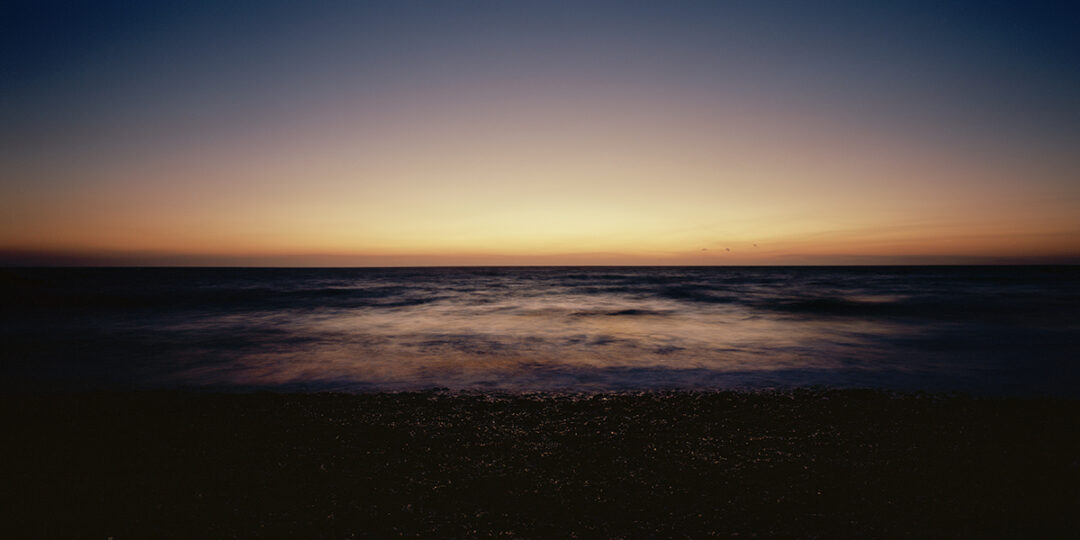
Is there a particular project or photograph that stands out as especially challenging or transformative in your career?
The Water / Glass House in Atami designed by the Japanese architect Kengo Kuma.
What projects are you currently working on and what are your future endeavors?
Currently I am preparing the release of my new photography monograph titled Erieta Attali on Felix Nussbaum Haus: Approaching Resistance, to be published by Hartmann Books, Fall 2025. Also, I am working on a new book project in Vals, Switzerland in collaboration with Kengo Kuma, a photographic project in Japan about Sacred Spaces designed by Kengo Kuma, as well as a book project together with Marc Mimram, French engineer and architect. Finally, I am in the process of connecting the Delos | Land Adrift photography project with the Aegean and the Mediterranean Sea under a research affiliation with the Academie d’ Architecture, Paris.
*Interview by Dora Trogadi
Intro photo © Paris Tavitian
Featured photos ©Erieta Attali
TAGS: ARTS

